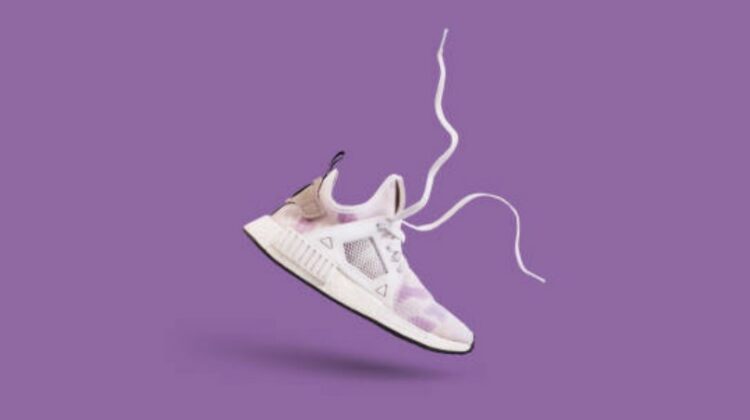Minimal shoes have been on the rise over the last couple of years. But what are they, exactly? Well, it’s footwear designed to provide the closest experience to barefoot walking and running while, of course, still offering a layer of protection for the feet.
They promote a more natural running form compared to traditional shoes by providing a lower heel-to-toe drop, a wider toe box, and an improved ground feel. They reduce the impact on joints and improve balance and stability.
And their popularity keeps rising year after year as athletes become interested in their potential benefits. But what are these benefits?
Benefits of Minimal Shoes
The benefits of minimal shoes are plenty, but here are some of the most noticeable:
- Improves Proprioception and Balance: Minimal shoes improve the body’s ability to sense its position in space. This enhances athletic performance and balance.
- Strengthens Foot and Lower Leg Muscles: This type of footwear requires more effort from the foot and leg muscles. Using them regularly makes them stronger over time.
- Enhances Natural Running Form: Minimal shoes encourage a more natural running form. This reduces the risk of injuries and improves efficiency at running.
- Increases Sensory Feedback From the Ground: Their minimalistic design allows the feet to feel textures and contours. This refines balance and stability.
Impact on Running Performance
Many runners have found that minimal shoes can impact running performance, including
- Improved running times.
- Reduced impact on joints, lowering the risks of injury and deterioration.
- Improved energy conservation by enhancing efficiency.
Sadly, minimal shoes are not for everyone, and one of the many challenges runners go through when it comes to them is transitioning.
Concerns and Advice
It’s important to gradually transition into minimal shoes to avoid injuries and allow the body to adjust to them. It’s recommended to consult with a healthcare professional to ensure they are suitable for you. We recommend:
- Starting slowly and gradually increasing their use. Not taking the time to transition or listening to signals the body gives increases the risk of injury.
- Focusing on form and technique. Pay close attention to your stance and how your foot lands.
- It’s important to have the right footwear and fit as well, as this can greatly influence the transitioning journey. Here’s a list of recommended shoes with a wide forefoot, for people struggling to find the right fit.
- Consider the guidance of a coach or a professional experienced with minimal shoes.
- Ankle and foot conditions might worsen due to minimal shoes, which is why we recommend a visit to the doctor before deciding to transition
Additionally, there is an option to enhance your transitioning experience by using toe spacers. I discovered a leading brand in the market called Correct Toes that offers high-quality products in this category. But, before you decide to start using minimal shoes, it’s important to address concerns involving minimal shoes.
Case Studies and Success Stories
Minimal shoes have assisted runners in improving their performance and reducing their risk of injury. But are these claims real? Harvard University performed research on how barefoot running is easier on the feet than running shoes, which directly translates to the benefits of minimal shoes.
Many recreational runners also claim their first experience with minimal shoes feels refreshing. This motivates them to keep running, getting better and healthier over time. Even then, it’s important to consult a doctor beforehand.
Future Trends and Innovations
Minimal shoe technology is advancing as time goes on, with innovations such as:
- Custom-fit shoes.
- Eco-friendly materials.
- Wearable technology for performance tracking.
- Biomechanical optimization.
- Increased versatility for various activities.
These trends are likely to shape the future of minimal shoes. And in return, it will offer runners and athletes more personalized, sustainable, and augmenting options.
Conclusion
Minimal shoes can improve performance and reduce injury risk by providing sensory feedback. Innovations in shoe technology, such as customization and sustainability, are shaping the future of minimal shoes, and before we know it, they might be a staple for every runner and athlete.


